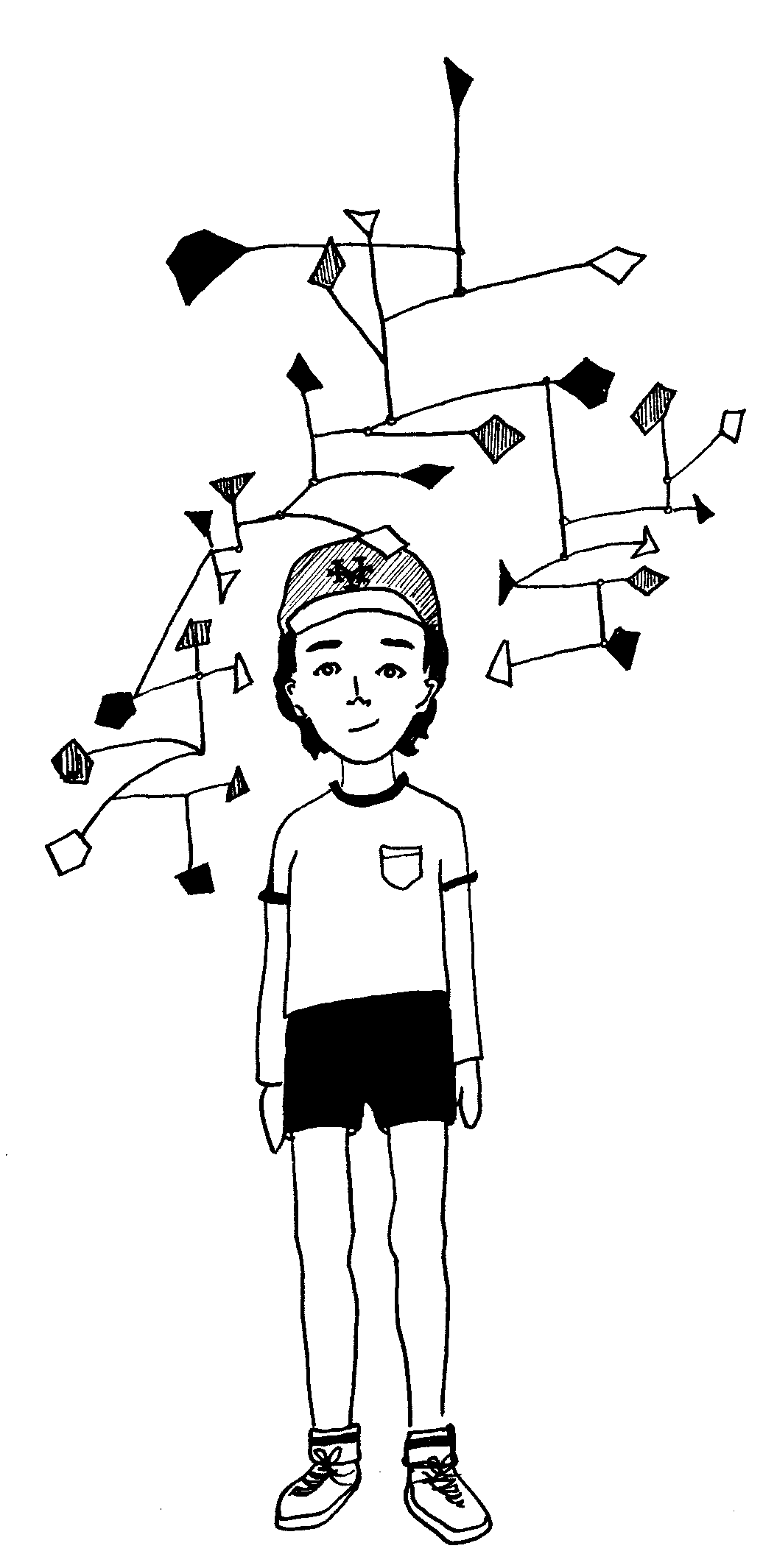Art lessons
April 21, 2017
 This
piece represents the opinion of the author
.
This
piece represents the opinion of the author
.
I have a cheap Richard Prince print on my dorm-room wall from his Untitled (Fashion) series. I downloaded the image from the internet and turned it into a poster. (I figured this would be within bounds based on Prince’s own relationship with appropriating others’ work.) I like the image because it’s simple and suggests our own complicity in consumer culture by appropriating what was originally a magazine ad.
So, when a friend of mine came over recently and suggested that the poster was nothing more than an aesthetically appealing image of a fake-looking model, it upset me. I tried to explain that in this rendering the work also acted as a commentary on the very issue she had with it and further place it in the historical context of trends in emerging art of the early 1980s—a time when my parents were coming of age as artists in New York City. I don’t know that I got my message across.
For a long time, I never thought that I would write those two paragraphs or really care a lick for the issues Richard Prince is addressing in his work. I am the only child of a photographer and a choreographer, and I share a name with Alexander Calder, the American sculptor. Growing up, though, this felt like more of an inconvenience than anything else.
I had an immensely privileged childhood; I was able to attend a private school in New York for all of my primary education, and my parents were well-off enough that we could go on vacations every spring. That privilege, though, manifested itself in a different manner than that of many of my classmates, who were the children of bankers, lawyers and doctors. The way I saw it, not only did they live in massive apartments, but rather than be dragged to downtown New York dance performances and esoteric museums on vacation, they were living a bougie AND “family-friendly” lifestyle. I was experiencing the incredible cultural hot-bed that is New York, but my friends weren’t, and because they weren’t, I didn’t want to either.
Lots of children struggle with “fitting in,” but for me, the need to do so sometimes felt compulsive. I wanted everyone to like me, no matter how much I disliked them. It seemed to me that the best way to go about this was to be the same as my classmates. So, my parents’ unique lifestyle and our lack of a huge TV on which my friends and I could play Call of Duty became a frustration. (Pretty much as soon as I left for college my parents finally caved, graduating from our old 18’’ TV to a full-sized flat-screen.)
I always admitted an appreciation for the art that my mom and dad created themselves, but my irritation at their difference manifested itself in a refusal to consider the importance of other works. Some of the biggest fights I ever got in with my mom came from my suggestions that I could do exactly what Jackson Pollack did, to give one of a disturbing array of potential examples.
While I began to grow into myself as a unique person in high school, my refusal to adopt a nuanced understanding of art mostly continued. When I came to Bowdoin, though, my attitude began to shift. In my Classical Political Philosophy class, I found myself the chief defender of the importance of a unique culture within the ideal city. My New York Mets posters from the first days of freshman year still hang in my room, but they’ve been joined by the Richard Prince, a piece by a graphic designer who’s a family friend and a little wall art I made myself using some paint chips.
Maybe I’ve felt the need to defend artistic expressions of difference because at Bowdoin having a different colored Vineyard Vines shirt for every day of the week and a strong love of the New England Patriots provides more than sufficient cultural relevance. I think it’s more than that, however. I think being at Bowdoin has made me confident in being different. I have friends from all around the world with vastly different backgrounds and interests. And while I poke fun at Bowdoin’s (lack of) diversity, I’ve found a group of people here who are excited by uniqueness.
The saying goes that we eventually all become our parents, whether we like it or not. This essay might appear to be evidence of that. I think it’s something else. I think it took growing up, being happily weird with friends, expressing unpopular opinions and living in the ways I want, to better understand my parents’ dogged pursuit of creating something original. My mom and dad are each like no one else I know. In that particular way, I now want to grow up to be exactly like them.
Calder McHugh is a member of the Class of 2019.


Comments
Before submitting a comment, please review our comment policy. Some key points from the policy: